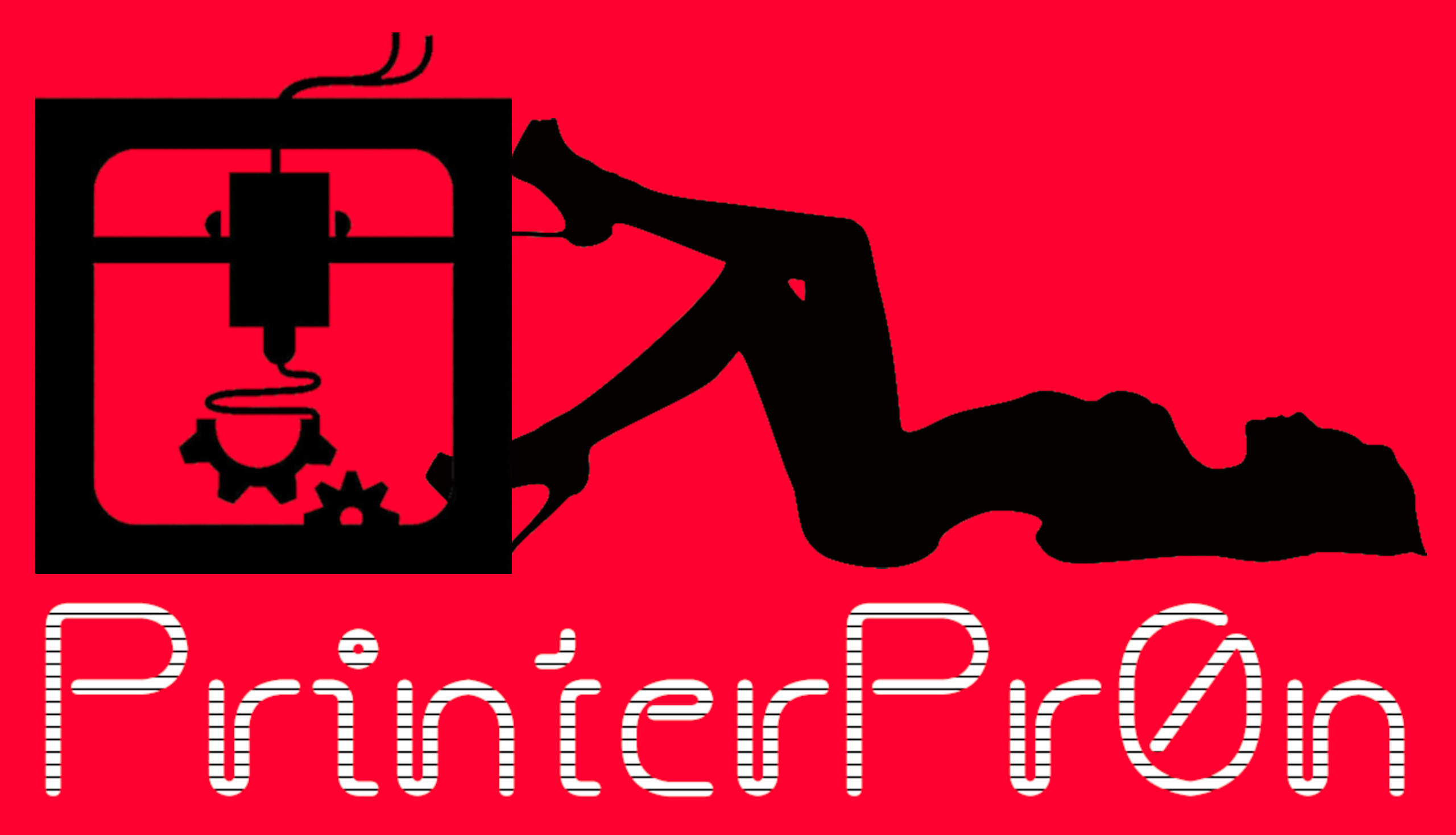Introduction
Fused Deposition Modeling (FDM) is one of the most popular and widely used 3D printing technologies, known for its versatility and accessibility. FDM printers work by depositing successive layers of melted thermoplastic material to create three-dimensional objects. However, not all FDM printers are created equal, and their printing kinetics can vary significantly. In this article, we’ll delve into the different kinetic types of FDM 3D printers, exploring the intricacies of their operation and the implications for 3D printing enthusiasts and professionals.
- Cartesian Kinematics
The Cartesian kinetic type is perhaps the most common and recognizable among FDM 3D printers. It employs a Cartesian coordinate system, consisting of three linear axes: X, Y, and Z. These axes are used to control the movement of the print head, which extrudes material onto the print bed layer by layer. Cartesian printers are known for their simplicity, precision, and ease of use. They are often preferred for prototyping and hobbyist projects.
Pros:
- High precision and accuracy.
- Compatibility with various materials.
- Wide availability of Cartesian 3D printer models.
- Relatively affordable.
Cons:
- Slower print speeds compared to other kinetic types.
- Limited freedom in design due to the rigid Cartesian system.
- CoreXY Kinematics
CoreXY is an advanced kinetic type that improves on the limitations of Cartesian printers. It uses two stationary motors to control the movement of the print head. This system allows for faster print speeds and more complex print geometries, making CoreXY printers popular among makers and professionals seeking efficiency and versatility.
Pros:
- Faster print speeds.
- Enhanced print quality.
- Reduced vibrations during printing.
- Supports larger build volumes.
Cons:
- More complex mechanical design.
- Assembly and calibration can be challenging.
- Typically higher cost compared to Cartesian printers.
- Delta Kinematics
Delta 3D printers employ a unique kinetic type that utilizes three vertical arms connected to a central carriage. These arms move simultaneously, adjusting the position of the print head in all directions. Delta printers are known for their mesmerizing and graceful movements during printing. They excel in printing tall, slender objects with remarkable speed and precision.
Pros:
- Extremely fast print speeds for certain geometries.
- Exceptional print quality for intricate designs.
- Suitable for printing tall objects with minimal wobble.
- Eye-catching, aesthetically pleasing movements.
Cons:
- Limited to specific shapes; not ideal for all geometries.
- Complex calibration and maintenance.
- Limited availability and higher price point.
- SCARA Kinematics
Selective Compliance Articulated Robot Arm (SCARA) 3D printers are less common but offer a unique kinetic type. They use robotic arms to move the print head, combining linear and rotational motions for precise control. SCARA printers are valued for their potential to print with a wide range of materials and produce intricate designs.
Pros:
- Versatile for different materials and applications.
- Precise and consistent layering.
- Supports non-planar printing techniques.
- Potential for multi-material and multi-extruder setups.
Cons:
- Less common in the market.
- Typically higher cost.
- Requires more advanced knowledge for setup and maintenance.
Conclusion
FDM 3D printing technology has evolved to offer various kinetic types, each with its own strengths and weaknesses. The choice of kinetic type depends on your specific needs, whether it be speed, precision, versatility, or cost-effectiveness. Cartesian, CoreXY, Delta, and SCARA are just a few of the options available, and understanding their unique attributes can help you make an informed decision when selecting a 3D printer for your projects.
As technology continues to advance, we can expect even more innovations in FDM printing kinetics, providing users with an ever-expanding array of options to bring their 3D printing visions to life. Whether you’re a hobbyist, a professional, or an enthusiast, the world of FDM 3D printing has something to offer for everyone.
